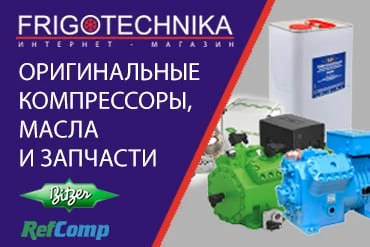Автор: Hanlong Wan, Tao Cao,Yunho Hwang, Se-Dong Chang, Young-Jin Yoon
Год: 2020Язык: АнглийскийТип: Статьи
Conventionally, researchers conducted field tests and modeling works for the Variable Refrigerant Flow system separately. In this study, we used the compressor model as a case study to illustrate a novel ap- proach to integrate field tests and modeling works. Field tests in an office building were conducted to collect data. For mass flow rate prediction, three traditional models, including the 20-coefficient model, the efficiency-based model, and the efficiency-based 20-coefficient model, and three machine-learning- based models including Support Vector Regression, Neural Network, and Random Forest, were investi- gated and compared. We found that the efficiency-based 20-coefficient model and the Support Vector Regression model had a higher accuracy (the mean relative errors were 0.11% and 0.15%, and the co- efficient of variation of the root mean-square-error were 0.20 and 0.23) and lower uncertainty within 0.2 g •s −1 for steady-state operation prediction. However, all six models failed to predict accurately the beginning part of the transient process. A tens-of-seconds delay existed between the predicted values and the experiment values. We applied the Convolutional-Neural-Network-based model to address this problem. The mean relative error of this model is reduced to 2% for dynamic simulation. In summary, we recommend the efficiency-based 20-coefficient model, and the Support Vector Regression model for the steady-state compressor model development, while the Convolutional-Neural-Network-based model is recommended for transient model development. For the power consumption prediction, 20-coefficient and Neural Network models can predict transient data well. The process of predicting the capacity is the same as the process of mass flow rate prediction.















Комментарии
Войдите или зарегистрируйтесь, чтобы оставить комментарий